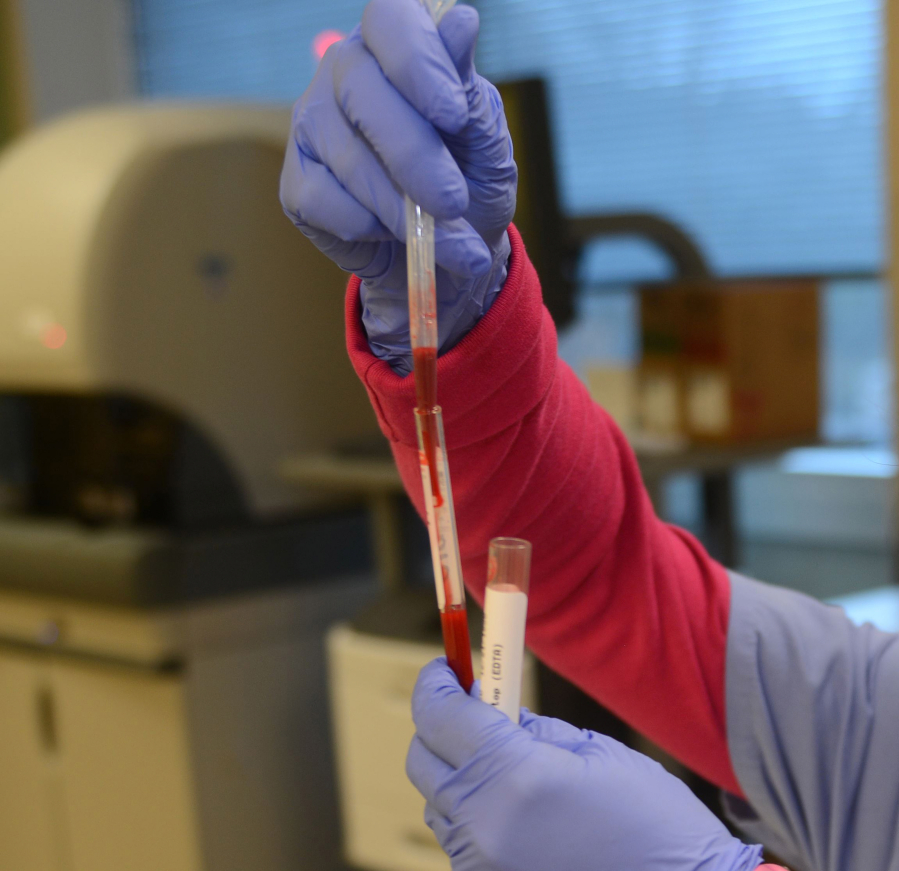PITTSBURGH — After hearing that Social Security benefits would increase by only 0.3 percent this year, Kathleen McDermott was not expecting a big change in her monthly check. But the suburban Pittsburgh resident didn’t expect the net amount of her benefits check to actually go down by $1.
“I thought it was hysterical that I got a raise, but I actually ended up with less money,” said McDermott, 67, who retired in 2014 from a state job with the Department of Welfare.
While average Social Security benefits for retired workers increased by about $5 from $1,355 to $1,360 because of the annual cost-of-living adjustment, Medicare Part B premiums also rose this year, causing the average Social Security recipient to either break even or suffer a slight decline in income.
Premiums for Medicare Part B — which covers doctor visits, lab tests and outpatient medical treatments — have been steadily rising as health care costs have soared. Monthly Part B premiums have increased from $5.30 in 1970 to $121.80 today.
Everyone on Social Security must take Medicare Part A, which covers hospital visits. Part B, which pays doctor bills, is voluntary but 99 percent of people take it. Part B also has co-pays and deductibles that come out of pocket. However, individuals can go into the private market to buy Medicare gap coverage, which pays the deductibles and co-pays.
Smallest increase on record
Social Security payments are a big deal for nearly 61 million people who collected the monthly checks in 2016. The Social Security Administration reports 48 percent of married and 71 percent of unmarried people receive 50 percent or more of their income from Social Security.
Robert “Casey” Gibb, managing director of financial planning for the Hapanowicz & Associates wealth management firm in downtown Pittsburgh, said that while the 0.3 percent increase this year is the smallest on record, it still beats the lack of increases in 2010, 2011 and 2016.
Gibb noted that the earnings limit for individuals taking Social Security before their full retirement age has increased. The amount that someone can earn and still be able to collect their full Social Security benefits increased this year to $16,920 from $15,720 in 2015.
There are no reduction of benefits upon reaching full retirement age, no matter what an individual earns at that point. Full retirement age depends on the year a person was born. For people born 1960 or afterwards, full retirement age is 67. Those born between 1938 and 1959 are on a sliding scale of age 65 through age 67 for full retirement.
“Less people will be subject to a reduction in benefits while they are still working,” Gibb said.
The cost-of-living adjustment in the Social Security payments is based on the Consumer Price Index for Urban Wage Earners and Clerical Workers, or CPI-W, from the third quarter of 2014 through the third quarter of 2016.
Richard Fiesta, executive director of the Washington, D.C.-based lobbying group Alliance for Retired Americans, said his organization is supporting bills to change the cost-of-living adjustment formula to better reflect how seniors spend their money on health care.
The CPI-W places less weight on medical and housing costs. He said a more appropriate index to measure cost-of-living increases is the CPI-E, which takes into account more of the expenses incurred by those who are elderly, such as medical and housing costs.
Some economists estimate the adjustment this year would have been around 2 percent if the CPI-E formula had been used.
“Seniors, more than any other group, spend more of their resources on health care, especially prescription medication, which has seen double-digit increases in the last two or three years,” Fiesta said.
“We hear almost every day of our members getting sticker shock every time they go to a pharmacy then have to make difficult decisions in other areas of their lives when paying for food, utilities, their telephone and travel.”
Ray Landis, advocacy manager for AARP Pennsylvania, said his organization has for years argued that the actual cost-of-living for older Americans is not really reflected in the formula used by the government.
“Regardless of whether someone is on Medicare or a Medicare prescription drug plan, the thing about health care costs is there are costs involved that come out of people’s pocket, such as co-pays and deductibles, and all of those costs are going up,” Landis said.
“With the rising cost of food and property taxes, people are stretched,” he said. “When you throw in health care costs and the percentage increases in those health care costs, people are falling further behind.”



